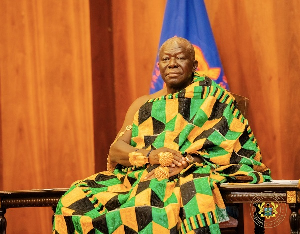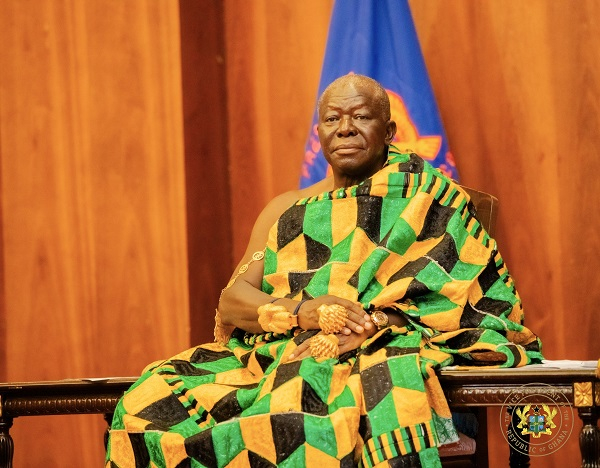 Asantehene, Otumfuo Osei Tutu II
Asantehene, Otumfuo Osei Tutu II
The Asantehene, Otumfuo Osei Tutu II, has resumed his mediation efforts to resolve the decades-old Bawku conflict, holding a closed-door meeting on Monday with the Kusasi Traditional Council at the Manhyia Palace in Kumasi.
This renewed engagement signals the continuation of Otumfuo’s traditional peace diplomacy, aimed at restoring lasting stability to the conflict-ridden municipality in the Upper East Region.
The meeting follows an earlier round of talks on April 29, during which the Asantehene met separately with representatives of both factions; the Kusasi and the Mamprusi to initiate peace discussions.
However, the mediation process was temporarily halted following the death of Daasebre Osei Bonsu II, Paramount Chief of Mampong, whose funeral rites (June 7–9) took precedence due to the prominence of the Mampong Stool within the Asante Kingdom hierarchy.
The Bawku conflict, rooted in historical ethnic and chieftaincy disputes between the Kusasi and Mamprusi communities, has long posed challenges for peace and national cohesion.
Characterized by recurring violence, mass displacement, and the collapse of local institutions, the crisis remains a top concern for both traditional and national leaders.
Speaking after the meeting, Maxwell Agbambilla, legal representative of the Kusasi Traditional Council, described the atmosphere as hopeful.
“Peace is on the horizon,” he said, commending the Asantehene’s wisdom and leadership.
A notable outcome of the talks was the reaffirmation of loyalty by six sub-chiefs to the Kusasi Traditional Council a move Mr. Agbambilla called a “pivotal step” toward reconciliation.
He also urged Kusasi youth to remain calm and place their trust in Otumfuo’s peace efforts, emphasizing the community’s desire to “live in peace and harmony—free from fear and intimidation.”
Otumfuo’s role as mediator was formalized earlier in the year during a meeting with a government delegation led by Defense Minister Dr. Edward Omane Boamah and Interior Minister Mohammed Muntaka Mubarak.
Expressing concern about the broader impact of the conflict on national unity and development, the Asantehene pledged his commitment to guiding a resolution through traditional diplomacy.
Since 2023, he has consistently engaged both sides, calling for dialogue over violence.
His leadership in conflict resolution especially his role in chairing the Committee of Eminent Chiefs that helped bring peace to Dagbon—has drawn comparisons to the wisdom of “King Solomon.”
The roots of the Bawku conflict date back to colonial rule in the 1950s, when disputes over land ownership and chieftaincy between the Kusasi, who claim indigenous status, and the Mamprusi, who reference colonial recognition, first began. Over the years, these tensions have intensified, fueled by competition for land, water, and local authority.
The conflict has flared up repeatedly, notably in the 1980s, 2000s, and most recently in 2022, resulting in numerous fatalities and widespread displacement.
Many businesses, banks, courts, and other institutions have shut down, while both communities have reported human rights abuses, arbitrary arrests, and heavy security presence.
In a parallel effort, Inspector General of Police Christian Tetteh Yohuno and Chief of Army Staff Major General Lawrence Kwaku Gbetanu recently visited the area, underscoring the state’s commitment to dialogue and youth engagement as a pathway to peace.
Meanwhile, the Ministry of the Interior continues to enforce a curfew in Bawku and surrounding areas, part of ongoing efforts to stabilize the region while peace talks continue.


